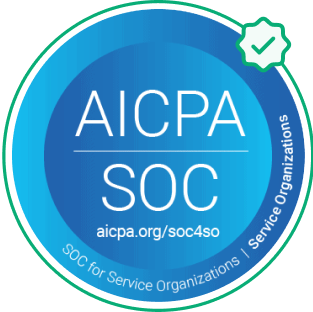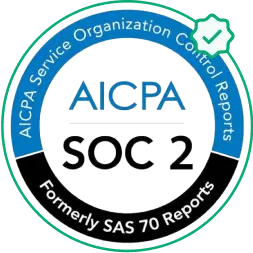What is Supervised Learning?
Supervised learning is a machine learning technique in which an algorithm learns from labeled training data to make predictions or decisions. It is called "supervised" because the training data includes both input features and corresponding target labels, providing a supervisor or teacher to guide the learning process.In supervised learning, the algorithm aims to learn a mapping function that can predict the correct output or label given an input. The process involves two main components: the training phase and the prediction phase. During the training phase, the algorithm analyzes the labeled data to learn patterns, relationships, and dependencies between the input features and the corresponding output labels. It adjusts its internal parameters or model based on the training examples to minimize the prediction errors.Related terms
Not to be confused with:
Back to glossary











